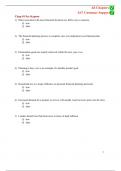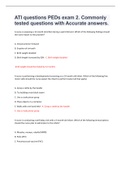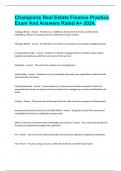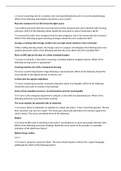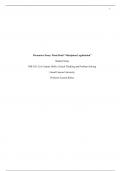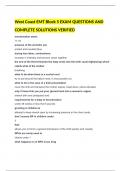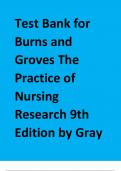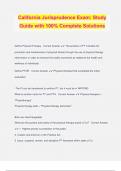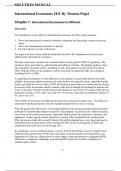Examen
Test Bank for Personal Finance, 9th Canadian Edition by Jack R. Kapoor
- Cours
- Établissement
Test Bank for Personal Finance 9ce 9th Canadian Edition by Jack R. Kapoor, Les R. Dlabay, Robert J. Hughes, Lewis Stevenson, Ernest J. Kerst. Full Chapters test bank are included with answers - Chapter 1 to 15 Part 1 PLANNING YOUR PERSONAL FINANCES Chapter 1 Personal Financial Planning: An Intr...
[Montrer plus]
